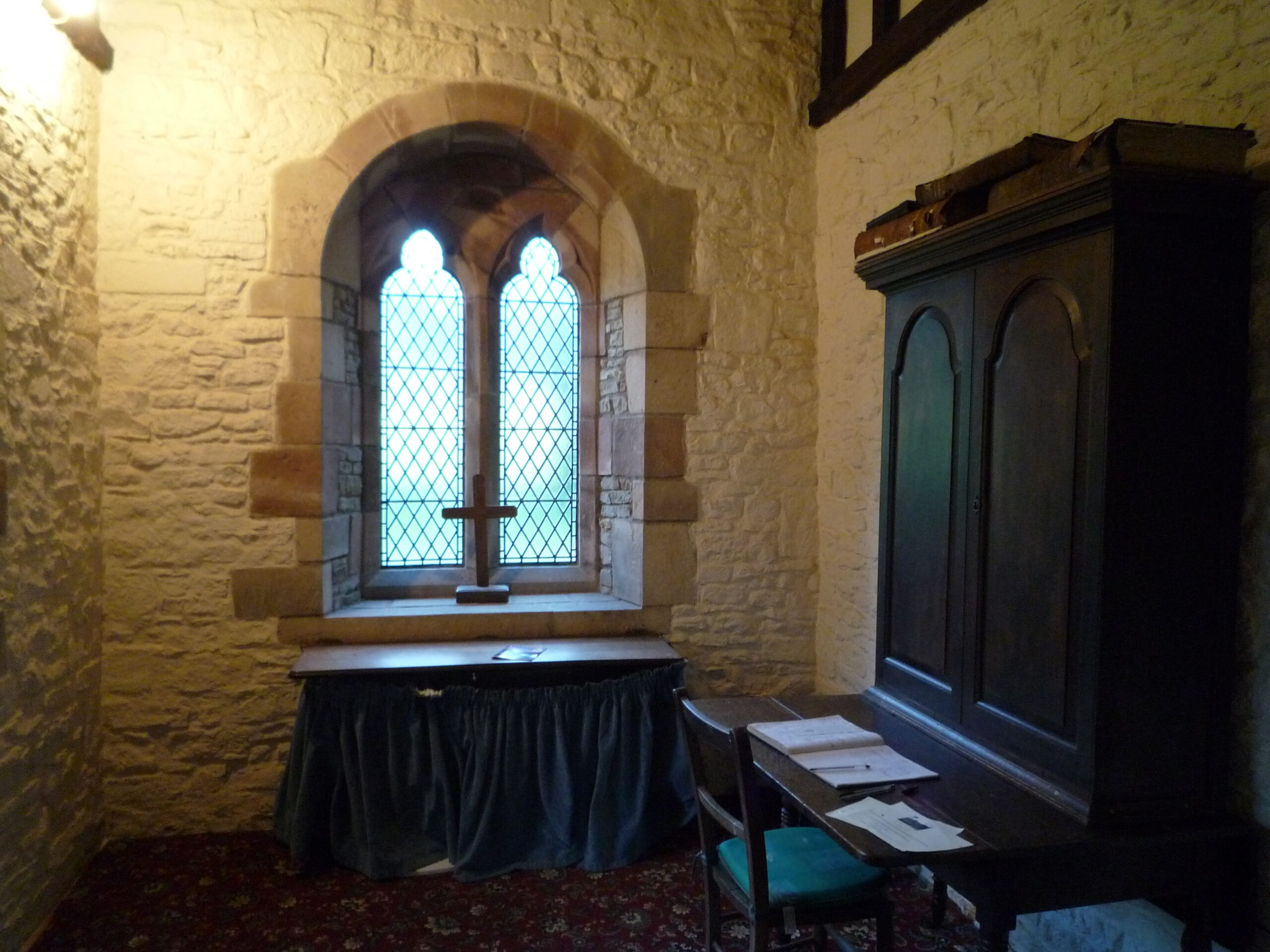Catholic facts
Sacristy vs Vestry : Explanation and Differences
In the world of religious institutions and places of worship, certain terminologies hold significant importance. Among these are the terms “sacristy” and “vestry.” Both sacristy and vestry are spaces within a religious building, often found in Christian churches, that serve distinct purposes. Though they might seem similar at first glance, they play different roles and hold specific historical and liturgical significance. In this in-depth article, we will explore the differences between sacristy and vestry, shedding light on their unique functions, historical backgrounds, and contemporary applications.
The Sacristy: A Haven for Liturgical Preparation and Storage
The sacristy, also known as the “sacrarium,” is a room or designated area within a church, cathedral, or other religious edifice where liturgical preparations and sacred vessels are stored. This secluded space acts as a sanctuary where clergy and servers prepare for religious services, ensuring that everything required for the rituals is in order. While the sacristy’s specific location may vary from one denomination to another, it is commonly positioned close to the altar or sanctuary area.
Historical Background and Significance:
The origin of the word “sacristy” can be traced back to the Medieval Latin term “sacrarium,” meaning “a place for sacred things.” Throughout history, the sacristy played a crucial role in preserving the church’s valuables, including chalices, patens, vestments, and other liturgical items. During times of social unrest or war, these valuable objects could be secured within the sacristy to prevent theft or desecration.
Functions of the Sacristy:
- Preparation of Liturgical Items: The primary function of the sacristy is to prepare the items used during religious services, such as the Eucharist, baptisms, and other sacraments.
- Storage of Sacred Vessels: The sacristy serves as a secure storage space for sacred vessels, including chalices, ciboria, cruets, and other liturgical items.
- Vestments and Liturgical Garments: Clergy members often don their vestments in the sacristy before proceeding to the altar for the service.
The Vestry: A Gathering Space for Clergy and Administration
Unlike the sacristy, the vestry is a communal area within a church building, serving as a meeting room for clergy and a place for administrative tasks. The term “vestry” comes from the Old French word “vestiarie,” which means “a place for vestments.” Historically, the vestry was primarily used to store vestments, church silver, and other valuable items, but its purpose evolved over time.
Historical Background and Significance:
The vestry’s history can be traced back to medieval England, where it acted as a meeting room for parishioners and church officials to discuss matters concerning the church community. As religious institutions grew, the vestry became a place for administrative tasks, financial matters, and record-keeping.
Functions of the Vestry:
- Administrative Meetings: The vestry remains a gathering place for the clergy and church officials to hold administrative meetings, discuss church affairs, and plan events.
- Financial Management: Church finances, budgets, and financial planning are often handled in the vestry.
- Storage of Non-Sacred Items: Unlike the sacristy, the vestry is a suitable place for storing non-sacred items such as documents, administrative materials, and cleaning supplies.
Key Differences Between Sacristy and Vestry:
- Function: The sacristy is primarily dedicated to liturgical preparations, storing sacred vessels, and vestments, whereas the vestry serves as an administrative and meeting space for church officials.
- Access: The sacristy is usually restricted to clergy and authorized servers, ensuring the sanctity of the liturgical items. The vestry, however, is accessible to a broader range of church personnel.
- Proximity to Altar: The sacristy is often located near the sanctuary or altar area, making it convenient for clergy to prepare for services. The vestry, on the other hand, can be situated elsewhere in the church building.
- Historical Evolution: The sacristy’s origins lie in safeguarding sacred objects, while the vestry’s historical roots are in community meetings and financial administration.
Contemporary Applications:
In modern times, the distinctions between the sacristy and vestry have become somewhat blurred, with the functions of each space adapting to the needs of individual churches and denominations. Many smaller churches may combine the sacristy and vestry functions into a single room due to space constraints, using it as both a preparation area and administrative space. Conversely, larger religious institutions may maintain separate sacristies and vestries to preserve the historical significance and traditional practices.
Conclusion:
The sacristy and vestry are two integral spaces within Christian churches, each with its unique purpose and historical significance. The sacristy stands as a sacred area for liturgical preparations and the safekeeping of religious artifacts, while the vestry serves as an administrative hub for clergy meetings and financial matters. Understanding the differences between these spaces enriches our appreciation for the rituals and organization that underpin religious institutions, ensuring the smooth functioning of the faith communities they serve.
About Author

























